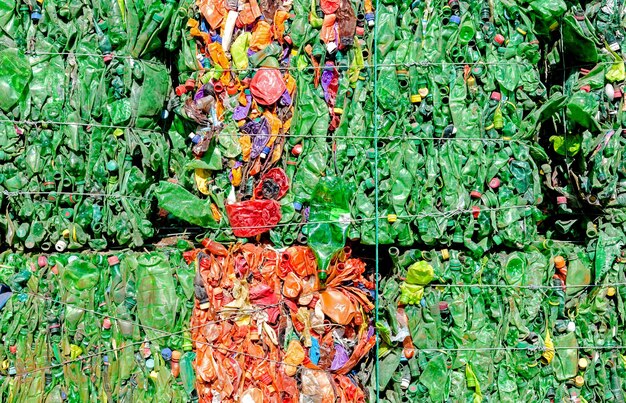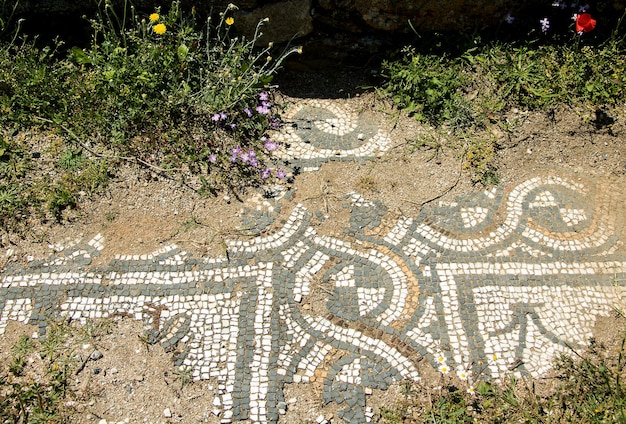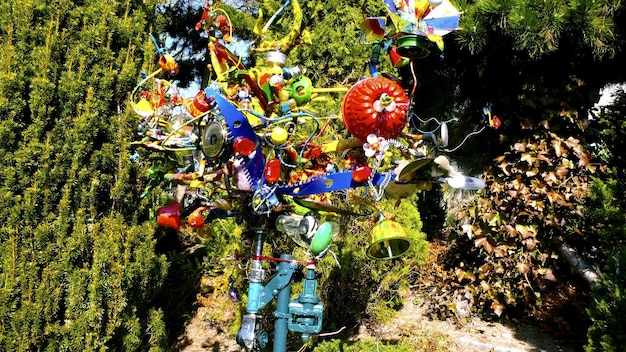Community Gardens: Art and Nature Unite – Your Ultimate Guide

Community gardens offer a unique opportunity to blend artistic expression with the natural environment, fostering creativity, community engagement, and sustainable practices through collaborative projects and shared spaces.
Discover the beauty of blending art and nature in community gardens. This guide explores how to create vibrant, collaborative spaces that enhance both the environment and community spirit.
What are Community Gardens?
Community gardens are shared spaces where individuals come together to cultivate plants, vegetables, and flowers. These gardens not only provide fresh produce and green spaces but also foster community bonds and artistic expression.
They serve as hubs for learning, creativity, and social interaction, offering a unique blend of nature and human artistry. Let’s delve into the various aspects of community gardens.
Benefits of Community Gardens
Community gardens offer a wide array of benefits. From promoting healthier eating habits to enhancing local biodiversity, these spaces have a significant positive impact on communities.
- Health and Wellness: Access to fresh, organic produce improves nutrition and encourages healthy eating habits.
- Community Building: Gardening together fosters social interaction, cooperation, and a sense of belonging.
- Environmental Sustainability: Community gardens support biodiversity, reduce food miles, and promote sustainable gardening practices.
- Educational Opportunities: Gardens provide hands-on learning experiences for all ages, teaching about plants, ecology, and sustainable living.
Ultimately, community gardens are catalysts for positive change within neighborhoods, contributing to healthier, more connected, and environmentally conscious communities.
Incorporating Art into Community Gardens
Integrating art into community gardens can transform these spaces from simple gardens into vibrant, imaginative environments. Art adds color, personality, and a sense of unique identity to the garden.
Whether through murals, sculptures, or creative landscaping, art can enhance the overall aesthetic and attract more people to participate.

Types of Art Installations
There are numerous ways to incorporate art into community gardens. The possibilities are virtually endless, depending on the creativity and resources available.
- Murals: Large-scale paintings on walls or fences can depict local flora, fauna, or community themes.
- Sculptures: Three-dimensional artworks made from recycled materials, stone, or metal add unique focal points throughout the garden.
- Mosaics: Creating mosaic pathways or decorative panels adds intricate detail and color to the landscape.
- Land Art: Using natural materials to create temporary or permanent installations that blend seamlessly with the environment.
By thoughtfully selecting and integrating these art forms, a community garden can become a dynamic and visually engaging space, encouraging creativity and appreciation for both art and nature.
Planning and Design Considerations
Effective planning is crucial to successfully integrating art and nature within a community garden. Good design not only enhances the aesthetic appeal but also ensures the functionality and sustainability of the space.
Considerations such as site layout, accessibility, and community input are vital to creating a garden that everyone can enjoy and benefit from.
Involving the Community
Community involvement is essential for the success of any community garden project. Collaboration ensures that the garden reflects the needs and desires of its users.
Engaging local residents in the planning and design process fosters a sense of ownership and encourages greater participation in the garden’s activities.
Here are some strategies for involving the community:
- Workshops and Meetings: Host regular meetings to gather input on garden design, art projects, and programming.
- Surveys and Questionnaires: Use surveys to collect information on community preferences and needs.
- Collaborative Art Projects: Organize group art projects that allow community members to contribute their skills and creativity.
- Volunteer Opportunities: Offer various volunteer opportunities to get people actively involved in the garden’s development and maintenance.
By actively involving the community, the garden becomes a true reflection of its members, fostering a stronger sense of connection and pride.
Sustainable Art Practices in the Garden
Sustainability should be a core principle when integrating art into community gardens. Using eco-friendly materials and practices ensures that the art enhances rather than harms the environment.
Sustainable art not only minimizes environmental impact but also educates and inspires others to adopt more responsible practices.

Eco-Friendly Materials
Choosing the right materials is crucial for sustainable art in community gardens. Opting for recycled, repurposed, and locally sourced materials reduces waste and minimizes transportation emissions.
Using non-toxic paints and sealants ensures the safety of both people and plants.
Here are some examples of eco-friendly materials and techniques:
- Recycled Plastics: Use plastic bottles, containers, and bags to create sculptures, planters, and decorative elements.
- Reclaimed Wood: Repurpose old pallets, fences, and furniture to build raised beds, benches, or art installations.
- Natural Pigments: Create paints from natural sources like soil, plants, and minerals.
- Living Art: Incorporate plants and flowers into art installations to create living sculptures and green walls.
By prioritizing sustainable materials and practices, community gardens can serve as models for environmental stewardship and inspire others to create art in harmony with nature.
Educational Programs and Workshops
Community gardens are excellent venues for educational programs and workshops that promote both artistic expression and environmental awareness. These programs can cater to a wide range of ages and skill levels.
By offering hands-on learning experiences, gardens can empower individuals to develop their creative talents and deepen their understanding of nature.
Educational programs and workshops can cover a diverse array of topics, including:
- Gardening Basics: Teaching fundamental gardening skills such as planting, watering, and composting.
- Sustainable Art: Workshops on creating art from recycled materials and using eco-friendly practices.
- Nature Photography: Guiding participants in capturing the beauty of the garden through photography.
- Botanical Illustration: Offering classes on drawing and painting plants and flowers.
These programs not only educate but also foster a sense of community and collaboration, as participants share their knowledge and creativity.
Maintaining Art and Nature in Harmony
Maintaining a balance between art and nature in community gardens requires ongoing effort and attention. Regular upkeep ensures that both the art installations and the garden itself remain healthy and vibrant.
Sustainable maintenance practices minimize environmental impact and promote the long-term viability of the garden.
Best Practices for Maintenance
Effective maintenance involves several key strategies.
- Regular Cleaning: Keep art installations clean and free of debris to prevent damage and maintain their aesthetic appeal.
- Seasonal Adjustments: Adapt garden maintenance practices to the changing seasons, ensuring plants receive the appropriate care.
- Community Involvement: Engage community members in maintenance tasks to foster a sense of ownership and responsibility.
- Sustainable Practices: Utilize eco-friendly cleaning products and gardening techniques to minimize environmental impact.
By adopting these best practices, community gardens can thrive as beautiful and sustainable spaces for years to come, providing enjoyment and inspiration for everyone involved.
| Key Point | Brief Description |
|---|---|
| 🌱 Community Benefits | Promotes health, community bonds, sustainability. |
| 🎨 Integrating Art | Adds vibrancy with murals, sculptures, mosaics. |
| ♻️ Sustainable Art | Uses recycled, non-toxic, locally sourced materials. |
| 📚 Education | Offers programs on gardening, art, and sustainability. |
FAQ
▼
A community garden is a shared plot of land where people grow fruits, vegetables, and flowers together. It promotes community interaction, healthy living, and environmental stewardship.
▼
Art adds aesthetic value, encourages creativity, and attracts more people to the garden. Murals, sculptures, and mosaics can transform the space into a vibrant and engaging environment.
▼
Sustainable practices include using recycled materials, non-toxic paints, and locally sourced items. These methods minimize environmental impact and promote eco-friendly creativity.
▼
Community involvement ensures that the garden reflects the needs and desires of its users. Collaboration fosters a sense of ownership and encourages greater participation in the garden’s activities.
▼
Educational programs provide valuable learning experiences, promote environmental awareness, and cultivate creative skills. Workshops can cover gardening basics, sustainable art practices, and nature photography.
Conclusion
Integrating art and nature in community gardens offers a powerful way to enhance community bonds, promote sustainability, and foster creative expression. By embracing collaborative planning, sustainable practices, and educational initiatives, these gardens can become vibrant, inspiring spaces that benefit everyone involved.





